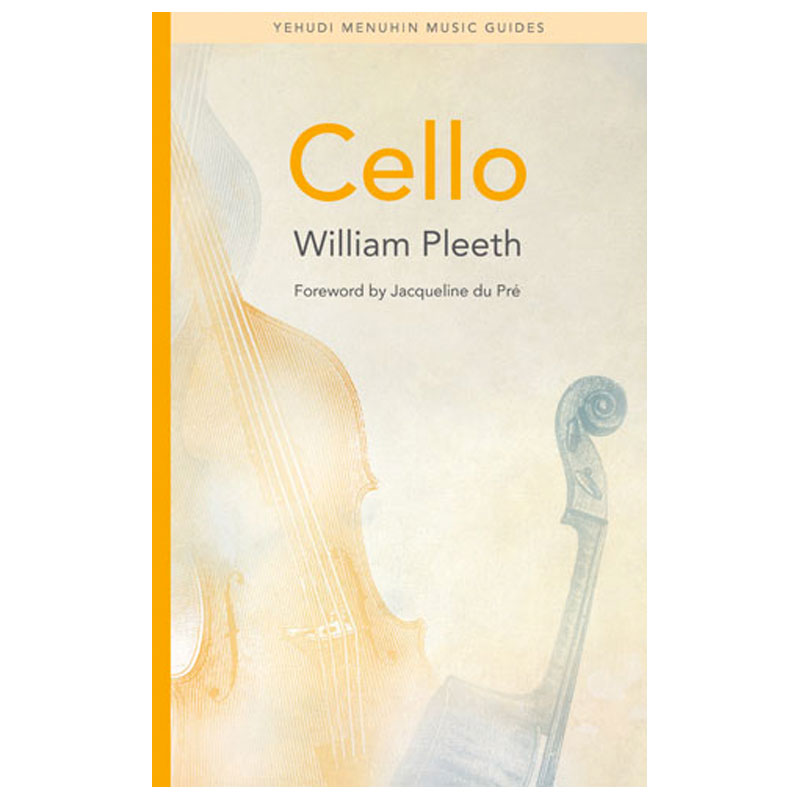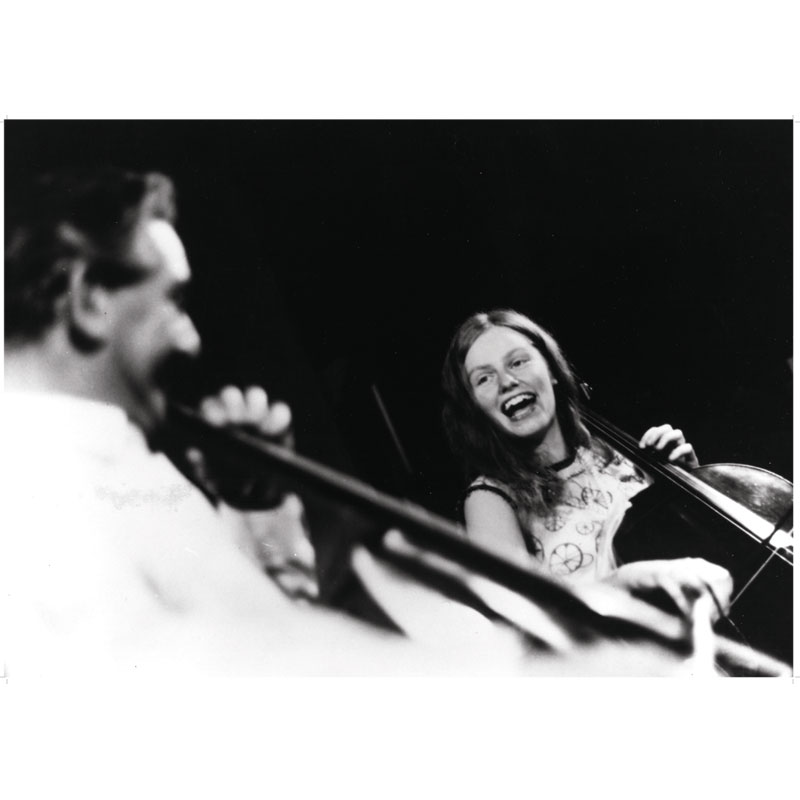William Pleeth taught the cello at the Guildhall School of Music from 1948 to 1978 and was always popular with his students. One was Jacqueline du Pré, who described him an extraordinary teacher who knew exactly how to guide someone, or to correct an error with kindness and understanding. When Yehudi Menuhin first heard her play, his comment was: ‘I’m sure she’s studying with William Pleeth.’
Jacqueline du Pré herself claimed that Pleeth’s ’articulate approach’ made music very exciting. She especially admired his warmth and felt that she owed a lot of her talent and performance skills to him. This volume is an introduction to cello playing by an outstanding recitalist, soloist and teacher of international repute, whose natural method of teaching was to sing, play and demonstrate what he meant. Another devoted pupil, Nona Pyron, has edited Pleeth’s brilliantly perceptive advice – based on a lifetime’s playing and teaching – into this essential book.
‘I want my students to be creative, not just try to be accurate. You get so many still-born performances this way. I’d sooner they make mistakes as long as they give me a musical interpretation. The student must not wait all the time for something to go wrong, almost holding notes by the scruff of their necks. As soon as you go into emotional drive the rest of the engine begins to work. All the practice in the world cannot make music; it makes technique and only when that technique is subconscious can the student become creative.’
William Pleeth, The Strad, June 1996
Within these pages, William Pleeth deals with the complex relationships between player and instrument, and the ‘architecture’ of the music that provides the structure to guide the musician’s imagination. He also shares insights into letting the cello speak for itself at the composer’s bidding, in a voice appropriate to its musical context. A tutorial chapter is also included, as well as a personal account of the wide repertoire of the cello. This remains a comprehensive guide to the instrument for players and non-players alike.
‘The violin, delicate and small as it is, holds too much of the history of man, his creative gifts, his craftmanship, his emotion and thought, to be encompassed by any one writer. A performer brings the violin to life and makes it sign, and this may be the ultimate function of the violin as the bridge between the one and the many.’
William Pleeth, Violin & Viola


